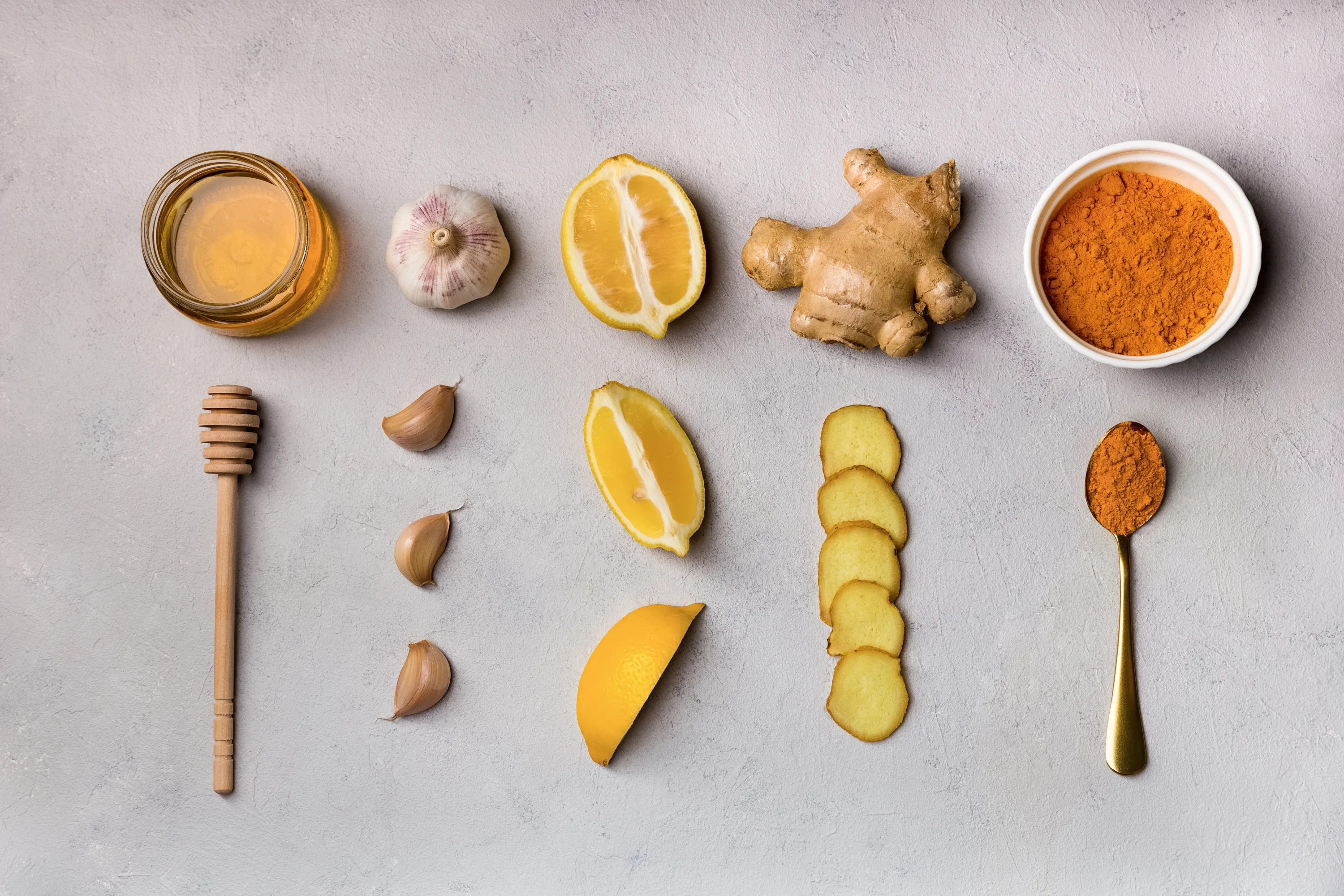
You may have considered becoming a vegetarian as a New Year’s Resolution or planned to do so to improve your health. Some of the benefits of being vegetarian include the benefits to heart health, reduces the risk of cancer, prevents type 2 diabetes, and more. However, making the transition to a meat free diet can be difficult if you fail to plan properly.
Unfortunately, switching to a vegetarian diet won’t happen overnight, but that doesn’t mean you don’t have a chance to make a dietary change. If you are interested in learning how to go veggie with the least amount of stress, follow these helpful tips.
1. Don’t Stress the Label
There are so many ways to categorize your dietary change including becoming a vegetarian, vegan, pescatarian, plant-based, and much more. However, there is no need to police yourself and your diet with these labels because that will only make your transition more difficult. Feel free to continue to eat dairy, eggs, or whatever else you might enjoy while you are shifting towards a more plant-based diet.
Do not let others judge you on how strict you are to keeping a vegetarian diet. Everybody has different nutritional needs and tastes, and they should eat a diet that is healthy and that they are comfortable with. You can eat a 90% vegetarian diet and still consider yourself a vegetarian if you want to.
2. Make Small Changes at Your Own Pace
Many people wonder how to become a vegetarian after eating meat for so long, and the answer is to make small changes at a comfortable pace. By doing so, you can make the change in lifestyle more manageable, and you will feel less pressure than trying to change multiple aspects of your life at once. Start by taking small steps like giving up one type of meat or choosing vegetarian options for one meal a day.
There are many ways to start taking the necessary steps to becoming a vegetarian. Start with steps that you find easy and manageable. By sticking to your own pace, you will feel more comfortable with the changes, and you will not feel like you are being forced to change your entire diet in one go.
3. Start with Food You Already Eat
Even if you have been eating meat your whole life, there are likely some vegetarian meals that you already enjoy eating. Whether it’s vegetable soup, a vegetable samosa, or your favorite salad, there is sure to be some dishes you already enjoy. Stick to some familiar dishes so it does not feel like you are changing your entire menu in one go.
If you are still eating cheese, you can still enjoy some favorites including pizza and grilled cheese sandwiches, and French fries. Sometimes, it can be helpful to give up your favorite non-vegetarian foods so that you can still indulge a little as you are transitioning to a meat free diet.
4. Know Your Proteins
When you switch to a vegetarian diet, you will need to find a way to get sufficient protein from your meals. There are tons of great snack options such as pumpkin seeds, nuts, roasted chickpeas, or Greek yogurt. The best veggie protein shakes will also include the best veggie protein powders such as pea protein or soy protein.
You can also opt for some popular meat substitute options such as vegetarian nuggets, burgers, meatballs and more. These vegetarian substitutes can make it so that you can still enjoy the meat free versions of your favorite meals. Many meat substitutes make great vegetarian substitutes because they are packed with nutrients like iron and vitamins.
There are also plenty of delicious vegetarian proteins that are not trying to be replacements for meat products. Meals with lentils, chickpeas, beans, eggs, nuts, seeds, and tofu can provide sufficient protein and tons of other vitamins for vegetarians.
5. Keep Your Pantry and Your Fridge Stocked
One of the easiest ways to break your vegetarian diet is by making it too difficult to stick to your meat free meals. Avoid having to think too much about your meals by keeping your pantry and fridge well stocked with vegetarian snacks and meals. When you’re having a long day, you will be thankful that you have your meals and snacks prepared ahead of time.
Meal planning is a great way to avoid making impulsive meal purchases when you don’t have any food ready. Adding vegetarian snacks carrots, nuts, or raisins can also be a great way to stave off hunger until you are ready for your next meal. This is also a good option if you want to be more conscious with your diet and keep track of your calories.
6. Don’t be Afraid to Experiment
Becoming a vegetarian can be a major life change and it calls for plenty of experimentation with your new diet. There are numerous unique ingredients that you can try out now that you are cutting meat out of your diet. Experiment in the kitchen with new recipes and try out snacks like edamame or roasted chickpeas.
Try new fruits or vegetables each week to keep a fresh, new item on the menu. Try out substitute meat products or cuisines from other cultures such as Indian or Mediterranean food. Once you have done enough experimenting, pick your personal favorite dishes and keep them in your meal rotation.
Switching to a vegetarian diet will also give you a chance to experiment with different spices to improve bland dishes. Additionally, try out delicious vegetarian sauces and dips including sun-dried tomato pesto, roasted bell pepper hummus, and more.
7. Check for Hidden Ingredients
If you are serious about avoiding eating any animal foods or ingredients, you should be cautious about certain “hidden” ingredients that are found in foods that seem like they might be vegetarian. For stricter vegetarianism diets, you should be sure to check the labels for certain ingredients that are made with meat products including:
- Gelatine found in gummy candies, marshmallows, and jelly
- Animal rennet which can be found in certain cheeses
- Animal suet which are found in some traditional pudding and dumpling dishes
- Animal-based flavorings found in snacks like chips
By Admin –







